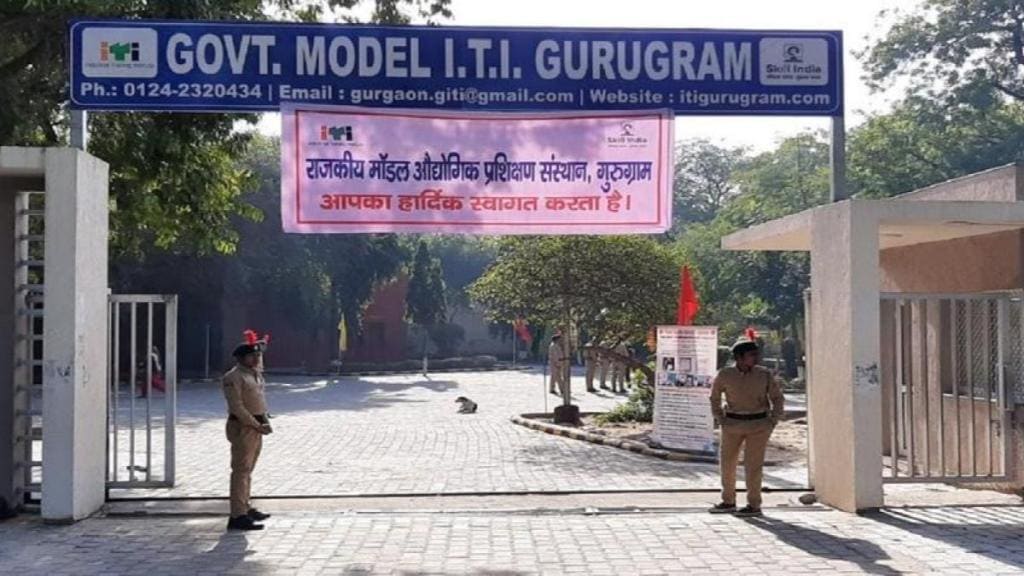The Government Model ITI in Gurugram is located right in the middle of big IT and auto manufacturing hubs. The locational advantage, however, has made little difference to its placement record.
Barring a handful of companies which provide on-the-job training and subsequent jobs, the ITI doesn’t feature on the hiring map of most reputed companies operating out of Gurugram. The reasons are aplenty: Outdated curriculum, lack of industry-specific training, poor perception of students among companies, weak industry engagement, etc.
For instance, in the welder programme, which is one of the 25 courses offered at this ITI, the students are still trained in the conventional processes like TIG (tungsten inert gas) and MIG (metal inert gas) whereas the industry is demanding induction welding, spot welding and robotic welding.
“We don’t have the training that meets the industry requirement. But to give our students hands-on experience on the actual machines and processes, we are tying up with companies,” said Jaideep Kadiyan, principal of the ITI. For instance, Maruti Suzuki has set up a lab within the institute to train in auto body repair and auto body paint.
In fact, Maruti is one of the few companies that engage with different ITIs to tap blue-collar talent. A company official told FE that it currently supports 45 government ITIs across the country out of which 14 ITIs train in manufacturing, 23 in service and the balance 8 in both manufacturing and service.
A senior official at the ITI said that this institute has not been able to catch up with the current market trends. Take the case of the mechanic electric vehicle course. “Even though the government was prompt to introduce the programme, there are no tutors or infrastructure (tools, equipment, machinery) available for training,” the official said on the condition of anonymity.
Meanwhile, the institute is grappling with 44% shortage of faculty. As against the sanctioned strength of 72, it’s operating with just 40 tutors. “We have been repeatedly asking the concerned authorities to hire new staff but there seems to be no action from them,” said another official.
The ITI offers 1,308 seats, out of which about 1,170 are currently occupied. Shubham, who just passed out of the one-year welder programme, said that when he enrolled for the course a year ago, there were 60 students across four batches. “Now, about 35 students are left. Many students here are casual about studies. They leave the course in between to pursue something else. Some students are not allowed to give exams due to shortage in attendance,” he said. The institute mandates 80% attendance to appear for the exams.
Officials at the ITI have a strong opinion that low fees and high salary expectations are two compelling factors for students to not pursue studies at this ITI. “These students are living close to the richest neighbourhoods in the Delhi NCR. For them, a salary offer of Rs 12,000-15,000 feels like a pittance,” said a faculty member.
A second-year student said that the students in the ITIs are always exploring other opportunities because even after getting a “job” through ITI, they have to look for a new job from the next year onwards. “Majority of the students placed through ITIs are hired under the apprenticeship scheme (NAPS) whereby after they finish the first year at the job, there is no guarantee that the company will extend their employment. In most cases, the students have to search for fresh jobs,” he said.
In order to facilitate practical training, the government has mandated all ITIs to have 33% of their courses to have dual system of training (DST) wherein for a two-year course, nine months would be spent on training in the industry and the remaining in the ITI. A senior ITI official said that the companies who take students for DST training often use them as “workman” instead of putting them on the technical jobs for which they have been trained.


